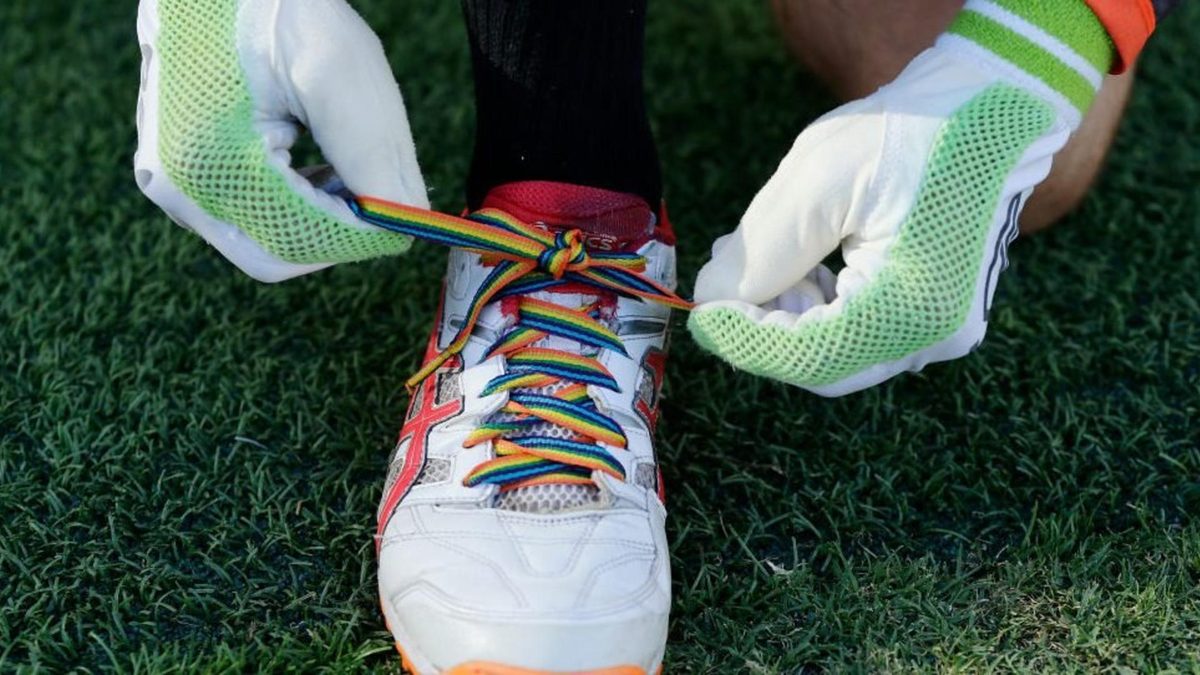
Cricket Australia has come out with a policy to support the inclusion of transgender and gender diverse cricketers at all levels of the sport.
The Elite Cricket Policy and the Guidelines for Community Cricket, in development since October 2018, support players electing to participate in cricket in line with their gender identity, whether or not this aligns with the sex they were assigned at birth.
“At a starting point, the Elite Cricket Policy aligns closely with the International Cricket Council’s Eligibility on the Basis of Gender Recognition and provides transgender and gender diverse cricketers guidance on how they can compete at the highest levels of the sport, consistent with their gender identity,” a release on Thursday, August 8, said. “As an additional measure, a referral process to an Expert Panel has been established to ensure fair and meaningful competition.
Today we take a major step to ensure inclusiveness is at the heart of Australian Cricket.
Learn more about the inclusion of transgender and gender diverse people in the game: https://t.co/XbewXwazH4#ASportForAll pic.twitter.com/cRlM2TKx21
— Cricket Australia (@CricketAus) August 7, 2019
“The Guidelines for Community Cricket will assist clubs, players, administrators, coaches and other volunteers deliver a safe, welcoming and inclusive environment, free of harassment and discrimination for gender diverse players at the game’s grassroots.”
CA has clarified that the policy is not intended to apply to individuals of ‘intersex’ status (having physical, hormonal or genetic features that are neither wholly female nor wholly male or a combination) where they are participating in the category consistent with their sex as assigned at birth.
According to the Elite Cricket Policy, a candidate wishing to participate in the female category must “nominate their gender identity” to CA and demonstrate that their elected gender is consistent with their everyday life. They also “must be able to establish that the player’s concentration of testosterone in serum has been less than 10 nmol/L1 continuously for a period of no less than 12 months prior to nominating their gender identity”.
For context, this level is the same as that International Olympic Committee guidelines. The IAAF rules that were in the spotlight recently during the Caster Semenya hearing require athletes to reduce their levels below 5 nanomoles per litre of blood. AFL’s gender diversity policy, released last year, requires maintaining testosterone levels of below 5nmol/L for 24 months.
.@CricketAus showing strong leadership, demonstrating they are serious about being a sport for all Australians. The policy building process was thorough & represented balanced views. The players from club through to elite cricket are ready for this. Not all of Aus society will be https://t.co/lMSX78N8CM
— Alex Blackwell (@AlexBlackwell2) August 8, 2019
Alex Blackwell, former Australia Women captain and LGBT activist, said, “These guidelines are very clearly about inclusivity, and that all people feel like cricket is a sport for them, that they would be safe and welcome, to participate in the game or consume the game as a fan.”
Erica James, who played cricket as a child but gave it up because she didn’t want to be in boys’ teams, transitioned in 2016. She said in a video released by CA, “One of the first things I did was google ‘trans-friendly cricket club’. Two days later, I was meeting Alex Blackwell and the committee of the Universities women’s cricket club.”
After this policy, she said, “we don’t need to go searching around for a club that will tolerate us. You find a club you want to join, and you join it. Be yourself!”








